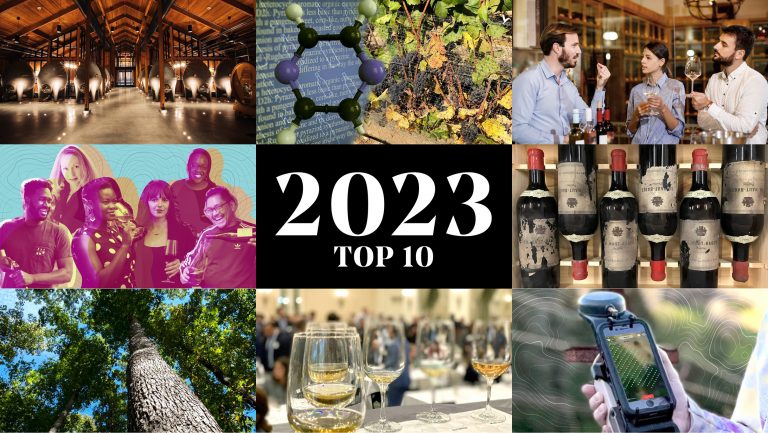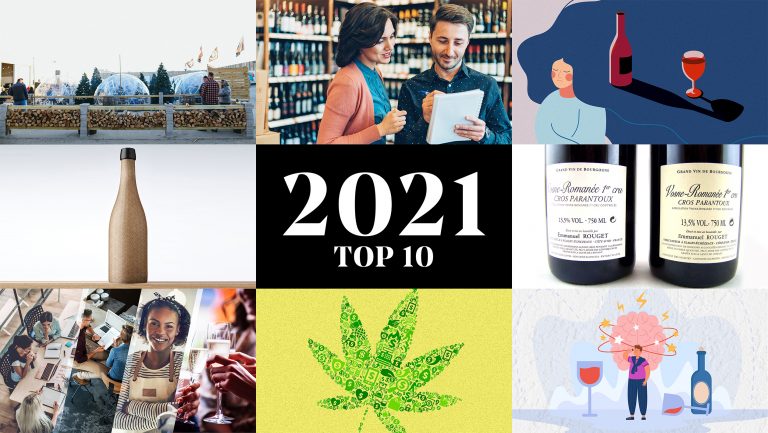Industry issues, emerging categories, and sustainability innovations—it’s clear that plenty of different topics were top of mind for beverage professionals this year. After two years where the pandemic’s impact dominated our coverage, the industry is now looking to the future, and SevenFifty Daily is, too.
Both no- and low-alcohol wines and ready-to-drink cocktails are growing in popularity among consumers, making our reports on those categories earlier this year must-reads among trade professionals. Long-form features like Betsy Andrews’ piece on rampant ageism in the drinks industry—particularly at bars and restaurants—resonated far and wide among readers, many of whom reached out to share their experiences with age discrimination at work. And once again, articles on sustainability and the science of drinks were among the most-read articles of the year.
Our most-read story of 2022, however, was actually a trio of articles published nearly a full year ago: SevenFifty Daily’s wine, beer, and spirits trend forecasts for 2022. Now that the year is through, take a look back on what drinks professionals thought it might bring.

Don’t miss the latest drinks industry news and insights. Sign up for our award-winning newsletters and get insider intel, resources, and trends delivered to your inbox every week.
10. The Shrinking Footprint of Glass Wine Bottles
How the wine world and its suppliers are dealing with the problematic carbon emissions of its favored packaging

When it comes to packaging wine, glass is a miracle and a curse. As its manufacturers will tell you, it’s sturdy, which enables shelf life; it’s inert, so it doesn’t react with the liquid to create off tastes; it doesn’t have the health risks or pollutant problems of plastic; and it can be washed and reused multiple times. It is completely and endlessly recyclable.
But glass has downsides, admits James V. Nordmeyer, the vice president of global sustainability for the glass producer O-I: “It’s heavier, and it is energy intensive.” In a world in need of emissions reductions, therein lies the rub. As the wine industry struggles to shrink its carbon footprint, producers have discovered that more than half their greenhouse gasses are due to the shipping and manufacture of their glass bottles.
With governments now mandating climate goals for nations and businesses, however, suppliers and third-party entrepreneurs are working on new technologies and products to help make glass more sustainable. They’re not only lightening the vessel; they’re overhauling the furnaces, the material’s composition, and the infrastructures to create a glass bottle industry that can make it to net zero. [Read more]
9. Using Alternative Yeasts to Replace Sulfites in Wines
New research shows that non-Saccharomyces yeasts could be an effective way to cut sulfur dioxide use in the cellar—and even the vineyard
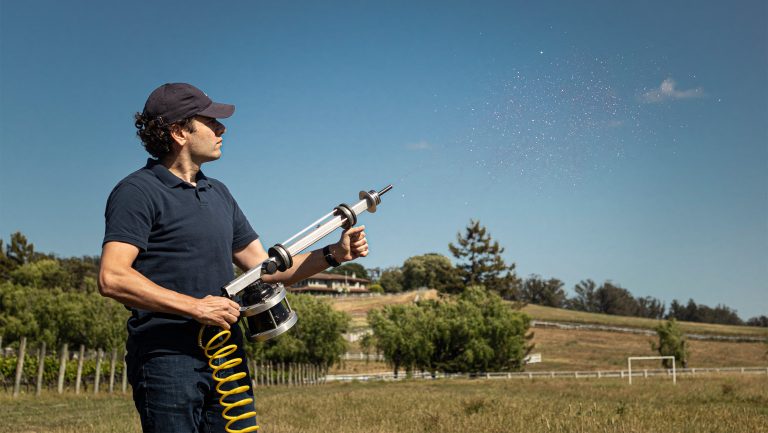
It’s easy to understand why sulfite additions are such a basic tool of winemaking. Sulfur dioxide (SO2, also commonly referred to as sulfites) is an effective antibacterial and antioxidant agent in wine, and sulfur-based products are also effective against fungal diseases and other pests in the vineyard.
However, using sulfites is far from neutral: they have wide-ranging effects on the chemistry of wine. Just to name a few issues, they can cause potential reductive issues and affect fruity aromatics, they can cause color bleaching, and they’re also irritating for workers who deal with fairly high amounts during winemaking operations. Also, beyond the often-exaggerated concerns about headaches and other issues for wine drinkers, the trend towards natural wine has given them a bad rap.
“There is a false sense of security with SO2. Not [every bacterium and fungus] is beaten back,” adds Jeremy Leffert, the director of winemaking for Tooth and Nail Winery in Paso Robles, California. All of this has made him particularly enthusiastic for a different approach called bioprotection. [Read more]
8. 12 Rosé Wines That Buyers Are Stocking Up On This Year
Beverage pros from around the country share their must-have rosés to pour this spring
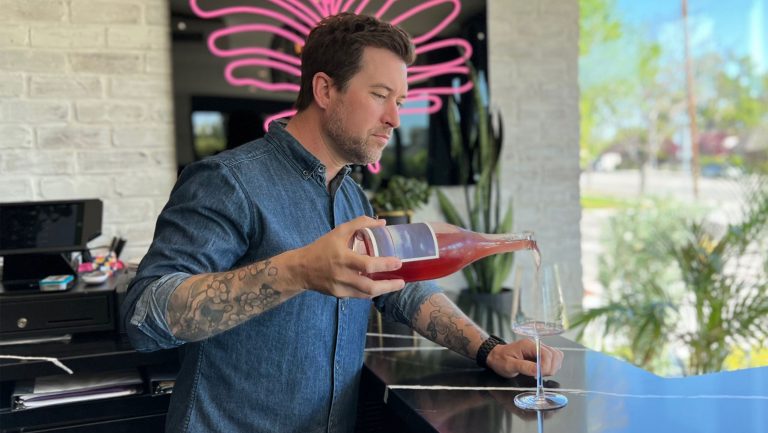
With its booming popularity, versatility at the table, and range of styles in which it’s made, rosé has become a year-round staple of most beverage programs. But consumers’ seasonal drinking preferences also make rosés an essential wine list feature when temperatures warm in the spring and summer.
Though there are a handful of powerhouse players that become familiar—and sometimes a bit repetitive—on wine lists, there are others that sommeliers and beverage directors across the U.S. clamor for.
SevenFifty Daily spoke with 12 restaurant professionals to find out what they’re stocking up on as rosé season kicks off once again. [Read more]
7. Inside the Evolution of Ready-to-Drink Cocktails
Five years after ready-to-drink cocktails began making headlines, premium, spirits-based RTDs show no signs of slowing growth. Here’s what you should know about the category today

Ready-to-drink (RTD) cocktails have become one of the beverage industry’s biggest success stories in recent years. The foundation for growth was laid pre-pandemic as mainstream players, craft brands, and even bartenders created premium RTD cocktails and put them in single-serve cans, and the category started to take off by 2017 thanks to a combination of convenience, higher quality, and wider flavor variety. Then, the pandemic pressure cooker catapulted the segment into overdrive.
According to Mintel data, total volume sales of spirits-based RTD cocktails increased 226 percent from 2016 to 2021, making the category one of the fastest-growing segments across beverage alcohol. In 2021, nearly 50 percent of adults over 22 years old reported drinking RTD cocktails, up from 40 percent in 2018.
Now, with consumers out from under lockdowns and restricted gatherings, the immediate need for attributes like portability and bar-level cocktail quality at home has diminished—yet consumers aren’t abandoning their ready-to-drink darlings. Rather, even more new releases are hitting the market, capitalizing on wellness, packaging, and flavor trends. Consumers seem to have an endless appetite for RTD cocktail innovations—and it’s likely to propel the category for years to come. [Read more]
6. The Science of Salinity in Wine
Examining the complicated science behind salty-tasting wines, from the vineyard to the winery
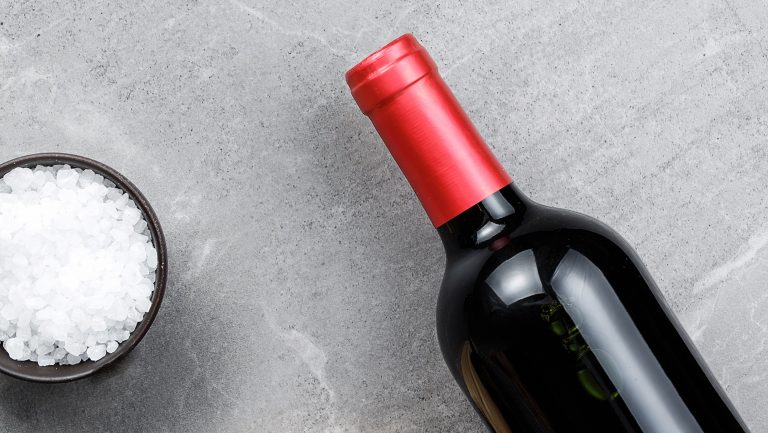
What makes a wine taste salty? And is a salty-tasting wine actually salty? These would seem like straightforward questions with, presumably, straightforward answers. Yet they’re not. Despite all the attention in recent years paid to salinity in wine, much remains unknown.
Let’s start with the latter question. “Taste” denotes how we perceive the compounds for which our tongue has receptors (salt, sweet, acid, and bitter compounds). Though it may be easy to measure the concentration of salts, acids, or sugars in a wine, those chemical measurements do not directly correlate to how we actually experience them—each taste affects the perceived intensity of the others.
Salinity increases our perception of sweetness, but reduces the perception of acid. Sweetness reduces the perception of both salinity and acidity, and acidity boosts the perception of both sweetness and salinity. So, a high salt content in a wine doesn’t just make that wine salty, but makes us perceive it as both sweeter and less acidic than it is. [Read more]
5. The New California Merlot Crisis
Northern California wineries that rely on Merlot for Bordeaux-style blends and varietal wines are struggling to secure enough high-quality grapes. What’s driving this shortage and what can be done to fix it?
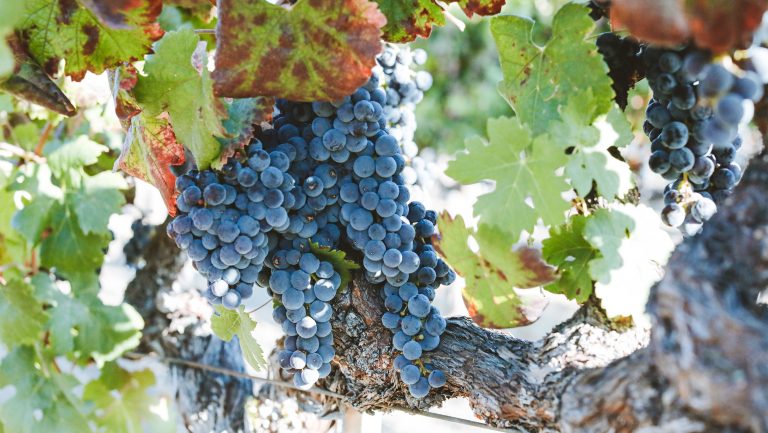
Photo courtesy of Jordan Vineyard and Winery.
Since its founding in 1972, Jordan Vineyard & Winery in Healdsburg has produced a Cabernet Sauvignon that, according to winemaker Maggie Kruse, often “just skirts by” California’s requirement that at least 75 percent of the wine be made from the named grape variety. Like many of France’s top producers, Jordan has always used Merlot to help tame Cabernet Sauvignon’s tannins and add red-fruit flavor.
Merlot is critical to wineries that produce Bordeaux-style blends—but over the last 20 years, it’s become increasingly challenging to find. According to data from the USDA’s annual grape reports, California winemakers crushed 305,000 tons of Merlot in 2000 and 310,000 tons in 2010. The volume fell to 220,000 tons in 2019—a year in which total tons crushed in California surpassed both the 2000 and 2010 vintages.
Napa vintners are also struggling to find the famous blender. Joshua Lowell, the general manager of Sullivan Rutherford Estate in Rutherford, believes in Napa there is little to no top-quality Merlot growing on high-quality soils with the same meticulous farming methods used to produce Cabernet Sauvignon. Although it hasn’t always been this way, in this day and age, “Merlot plays second fiddle—or third or fourth—to Cabernet,” he notes. That’s a problem for brands like his that make both Bordeaux-style blends and varietal Merlots. [Read more]
4. The No- and Low-Alcohol Wine Category is Booming—and Retailers Should Pay Attention
With the recent explosion of consumer interest, industry pros shed light on where the no- and low-alcohol wine category is headed, why to buy it, and how to sell it
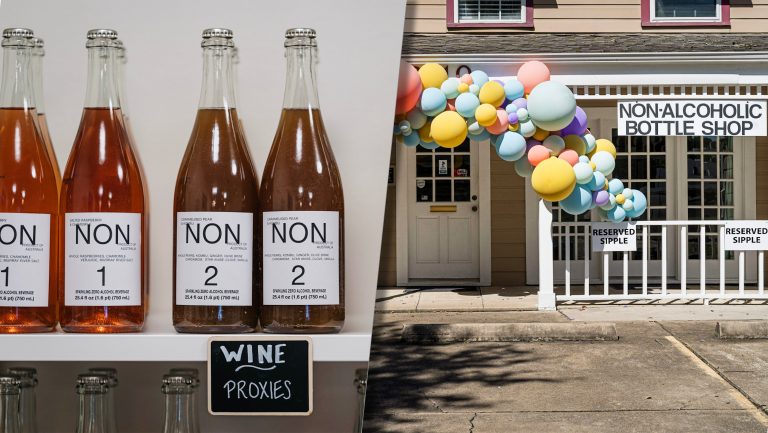
The no- and low-alcohol category (NOLO, to borrow the term often used in the U.K.) is on fire. The media coverage is substantial, investor interest is strong, and the growth numbers are impressive.
According to NielsenIQ, for the 52-week period ending September 18, 2021, the total NOLO category grew to $3.1 billion in the off-premise channel, with a growth rate of 10.4 percent compared to just 2.2 percent for the alcohol category as a whole. The $331 million no-alcohol sub-category is growing even more rapidly—33.2 percent for the same period. Non-alcoholic beer, a market fixture for years, has seen new excitement with the rapid growth of the craft segment, and new spirits entrants have been making headlines since the category was first introduced nearly a decade ago.
But while it has often taken a backseat to these leading non-alcoholic categories, NOLO wine has begun evolving rapidly—and 2022 looks to be a breakthrough year. Major brands are releasing no- and low-alcohol labels, new brands are popping up daily, and wine-adjacent offerings are expanding the category’s boundaries. [Read more]
3. The Drinks Industry Has an Ageism Problem
What it’s like to get older in the drinks industry, and how to deal with the discrimination that comes with it

Paula Lukas, 55, was set to be the bar manager with her pick of shifts at a new Manhattan restaurant when the incoming general manager restricted her to Tuesdays and Thursdays. “We want the under-30 crowd,” she recalls him saying. “I don’t think you’ll attract it, and I don’t know if you can handle it.” Lukas has more than 30 years of experience. She garnered glowing press at Manhattan’s recently closed Nur. She also knew her rights—she responded that such scheduling was illegal, but it was no use. Now, she’s looking for another full-time job.
It’s the same all over the drinks industry as experienced professionals are pushed aside. The pattern mirrors a larger trend: In 2020, 78 percent of U.S. workers between the ages of 40 and 65 witnessed or suffered age discrimination, according to AARP. In the drinks industry, the problem is exacerbated by a culture of youth and an economy engined by tips-based pay and job insecurity. But with unfilled hospitality positions hovering over 10 percent, shouldn’t we dismantle seasoned workers’ barriers to steady employment? Doesn’t the drinks world benefit from expert hands? [Read more]
2. What the Wine Industry Gets Wrong About Marketing to Younger Generations
Wine has been looking for ways to reach newly of-age consumers since the 1990s. What will it take to get it right in today’s market?

A documentary produced for California winery executives issued a wake-up call about the younger generation’s disinterest in wine. “There are 70 million people in the U.S. between the ages of 21 and 30,” the narration stated, “yet less than eight percent are regular wine drinkers.” To help turn the tide, it was time for the industry to put a new twist on wine to emphasize enjoyment rather than appellations and hillside terroir.
The year was 1995, and the video, which writer Tina Caputo helped create, was about Generation X. More than 25 years later, the wine industry now finds itself in a similar situation with the next generation: millennials. Silicon Valley Bank’s 2022 State of the Wine Industry report made a splash earlier this year with dire warnings about declining sales to millennials, yet calls to do a better job of marketing wine to younger generations are hardly new, and the industry has yet to master the practice. [Read more]
1. The Wine, Beer, and Spirits Trends to Watch in 2022
Three forecasts detailing what industry members should expect to define the year
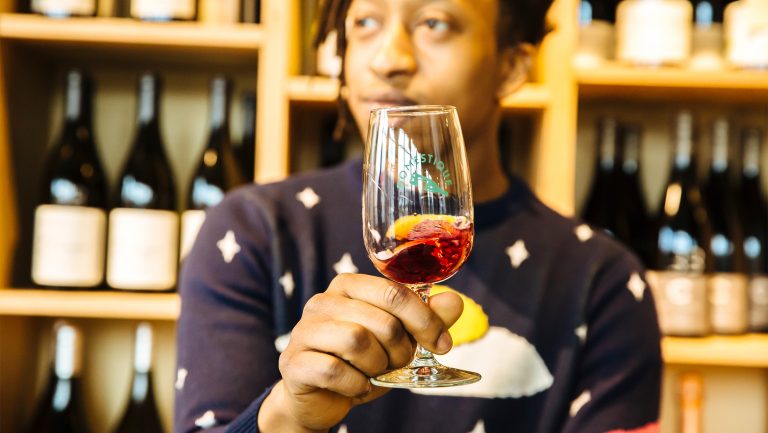
After two uncertain and chaotic years, trying to predict what 2022 would bring for the wine, beer, and spirits industries was a bit of a fool’s errand, but SevenFifty Daily pursued that goal regardless. To do so, we called on Joshua Bernstein and Zachary Sussman to poll experts in the beer and wine industries, respectively, and tapped noted spirits and cocktails writer Noah Rothbaum to share his observations.
The result was a set of three trend forecasts that captivated readers throughout the year. In the end, some of those predictions held true, particularly the predicted supply chain shortages that created challenges across the wine, beer, and spirits industries. Want to take a look back at what the beverage industry thought 2022 would bring? Read more of our beer, wine, and spirits trend reports.

Dispatch
Sign up for our award-winning newsletter
Don’t miss the latest drinks industry news and insights—delivered to your inbox every week.



